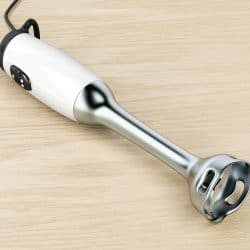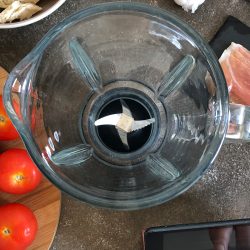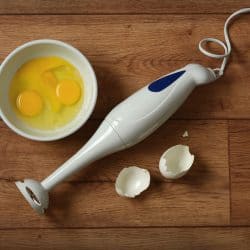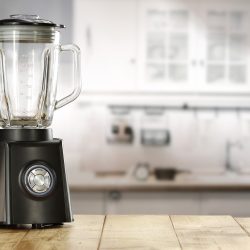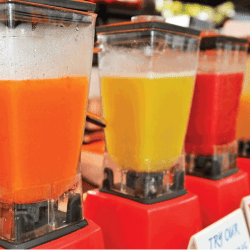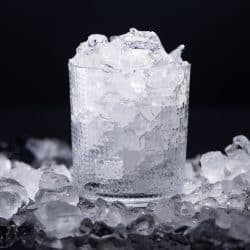It is important to know when it is best to use a liquidizer and when it is best to use a blender. You don't want to break your blender or end up with mediocre results.
We have thoroughly researched the differences so you can better decide which to choose. We are here to answer all of the questions you have.
A liquidizer is the better choice if you are turning your contents into powder or very small bits. If you are blending something that is not as big or hard, you can choose a blender instead.
In most cases, they can be used interchangeably. You must consider what size pitcher and durability will work best for your needs.
Keep reading to learn more about when to choose a liquidizer versus when to choose a blender, the purpose of using a liquidizer, whether or not liquidizers are the same as a food processor, and more.
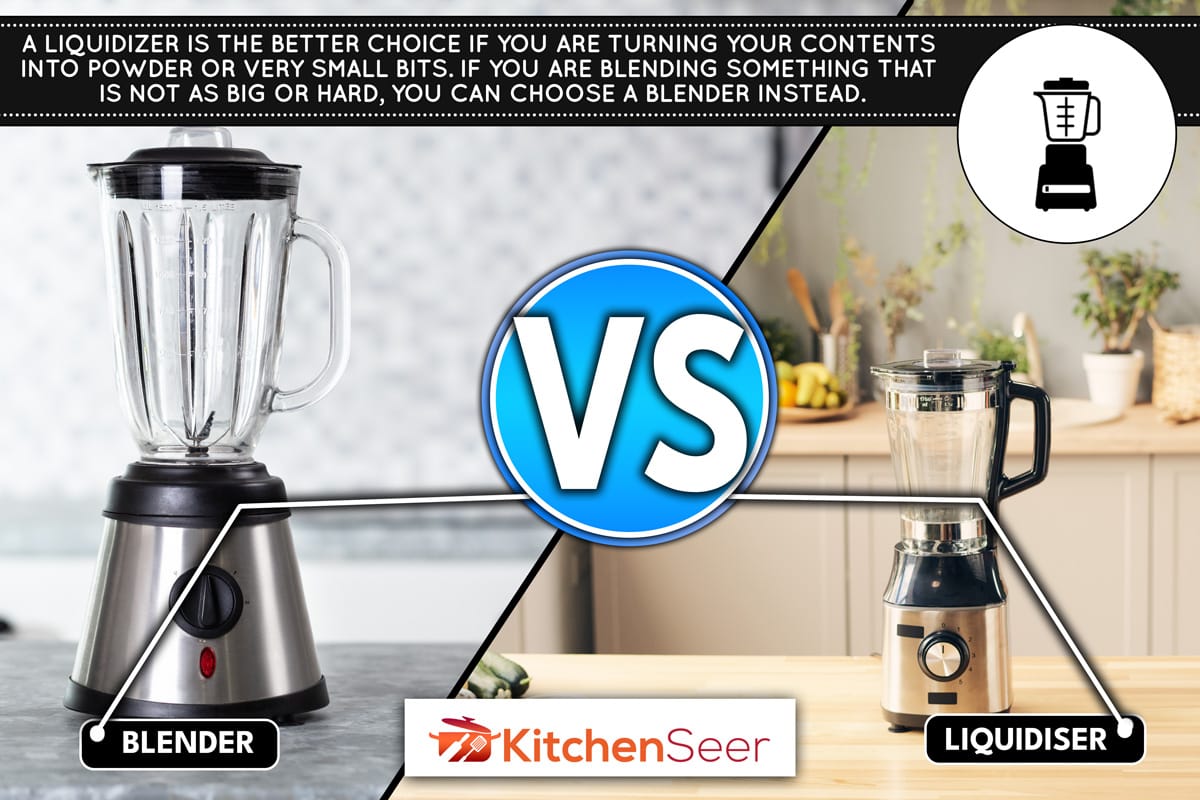
How to Choose Between a Liquidiser and Blender
When choosing between a liquidizer and blender, you need to first consider what it is that you are using the device for. If you are not needing to grind down ingredients into powder, you likely will not need a liquidizer.
You may still want one, though. Since liquidizers have sharper blades and are often more powerful than a regular blender, they are a good choice for anything that you do not want to end up being chunky.
The term "liquidizer" refers to stronger blenders such as the Nutribullet or Blendjet. Certain blenders are stronger than others.
A couple of examples of countertop blenders that can do the same as any liquidizer are Ninja and Vitamix.
These blenders have several options for speed and a high power function that will do anything a liquidizer can, such as finely chop, puree, or powder the ingredients of your choice.
Click here to see this Vitamix Smart Blender on Amazon.
Do not fill the pitcher all the way up on a blender or liquidizer. There needs to be space for the ingredients to move around during the process of being cut up and combined.
An inexpensive, simple blender does not usually come with attachments or a variety of blades to change based on what you are blending. On the other hand, more powerful blenders often do come with additional parts.
If you are going to use your blender often and for many different reasons, then you should go with a stronger blender or liquidizer. As for crushing ice and blending fruit and yogurt, a less powerful blender should suffice.
More About Blenders
Personal blenders tend to be smaller. They are meant to be used by someone who needs one serving. You can drink your smoothie from the pitcher that it comes with because it is similar to the size of a drinking cup.
A countertop pitcher holds somewhere between twenty and sixty-five ounces. Some hold more than sixty-five ounces and are as big as eighty ounces. Personal blenders are smaller and tend to only hold between twelve and sixteen ounces.
Can you use a blender instead of a liquidizer?
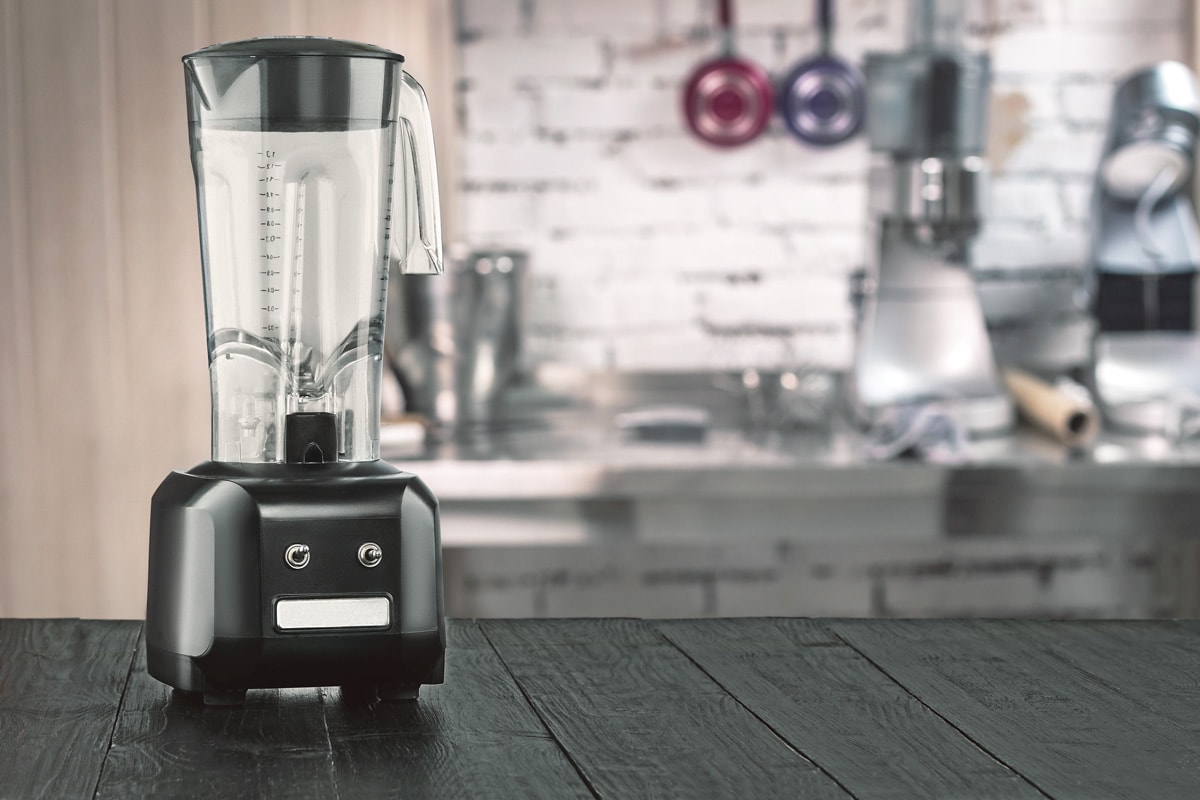
Yes, the majority of the time, you can use a blender instead of a liquidizer. A liquidizer is not always necessary.
Depending on where you are in the world, a liquidizer and blender can mean the same thing. Usually, a liquidizer has sharper blades.
The thing is, a blender does not typically hold as much as a food processor or liquidizer.
If you are going to be making bigger batches, you should consider the size of the blender or liquidizer that you choose. Blenders vary in size from fourteen to eighteen inches.
Consider the pitcher size is larger for some products than others. Be sure to check the product description before purchasing one if you intend to make bigger batches.
In general, they vary anywhere from three cups to fourteen cups. That is quite the difference!
What is the purpose of a liquidizer?

A liquidizer does exactly what it sounds like it would do; it liquefies whatever you put in it. They have much sharper blades than a typical blender. Sometimes you need to powder dry ingredients or mince garlic.
Harder vegetables such as carrots or celery can easily be broken down with a liquidizer. Not all blenders are strong enough or powerful enough to destroy hard veggies.
Liquidizers work best when you want to emulsify. Whenever you want to fully blend ingredients, a liquidizer is your best bet.
One of the best reasons to use a liquidizer is that you can use fresh ingredients, which is a healthier option than consuming processed foods.
Often times a liquidizer or personal blender is smaller than a blender. An example of this is the magic bullet. They are inexpensive and come with several different cups to suit all of your needs.
Click here to see this Magic Bullet Blender on Amazon.
Keep in mind a liquidizer does not hold as much as a high-speed blender. They are not meant to function in the same way as a blender with a powerful motor.
Liquidizers work great for rigid ingredients such as nuts and work for smaller batches.
You might think you should add liquid to a liquidizer, but that is not the case. The blades in a liquidizer will break down food or ice, but they are not made for runny liquids.
It is a good idea to have both a blender or liquidizer and a food processor in your kitchen.
Is a liquidizer the same as a food processor?
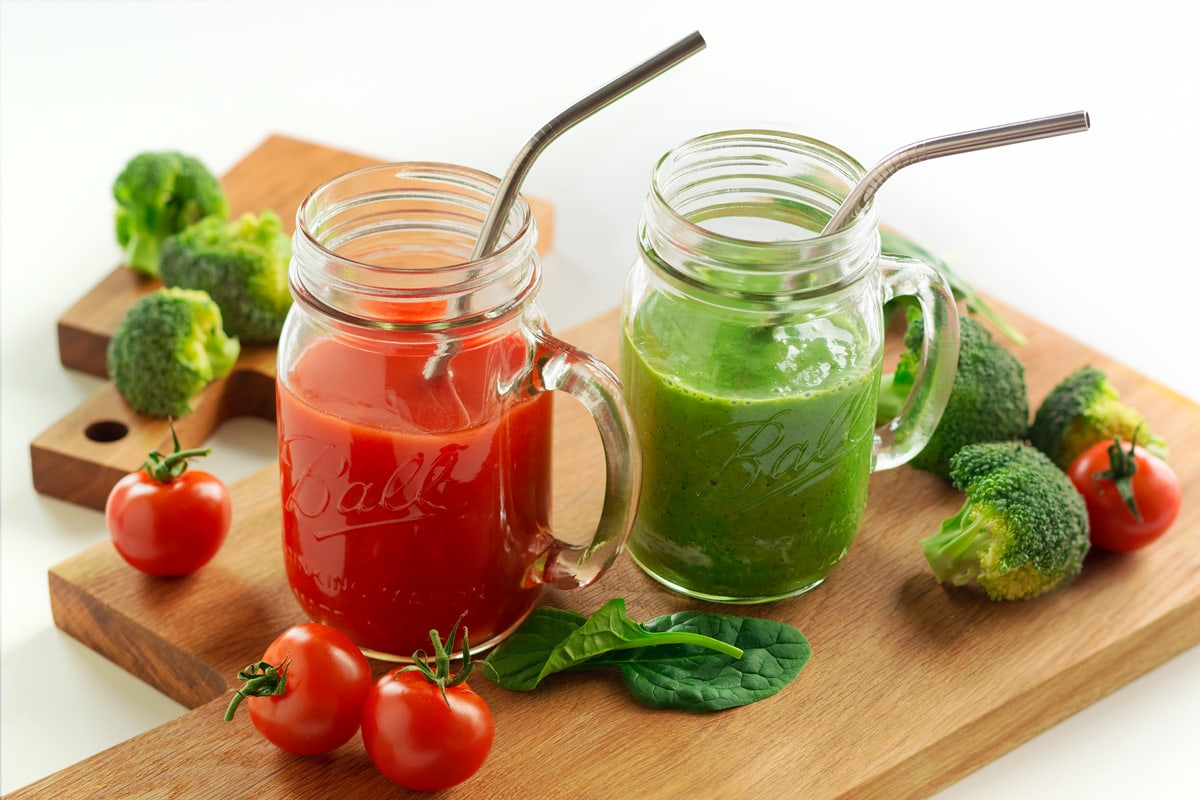
A liquidizer is not the same as a food processor. They have different functions unless you are in the UK, in which the terms are used interchangeably.
Whenever you use a food processor, you have more options such as grating, chopping, slicing, dicing, or shredding, to name a few.
A food processor is not the ideal choice for purees or smoothies but is the right choice for nut butter, shredding cheese, and mincing vegetables.
A food processor will turn food into tiny bits, while a liquidizer turns carrots, celery, kale, berries, and whatever else you choose into a blended substance.
The benefit of either one is that they make the job faster and less messy, and you do not have to cut by hand, which negates the likelihood of an accidental injury.
Another difference between a liquidizer and a food processor is that food processors typically come with multiple blade attachments. These are used for different tasks such as grating or shredding. They make the job quick and simple.
A blender combines solids and liquids. This differs from a food processor, which is only meant to be used with solids or dry ingredients. Food processors are usually the go-to for dry ingredients, but liquid ingredients work best in a blender instead.
Is a blender or food processor better for puree?
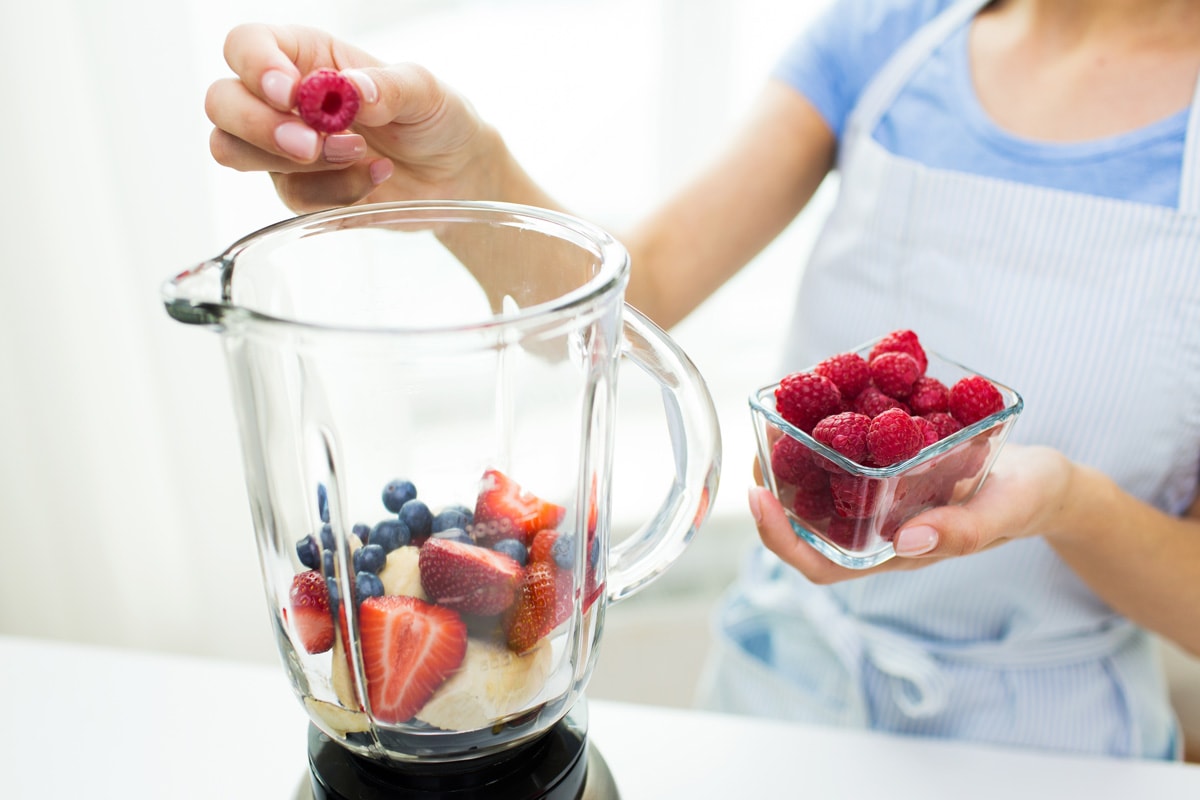
In general, a blender is better than a food processor for whenever you want to make a puree. It is important to keep in mind that some blenders are more powerful than others.
Food processors usually have a function for slicing, chopping, shredding, and grating.
Blenders are the better option for pureeing and for soup as well. A food processor will work for making a dressing, but a blender is better.
Purees work well for people who have trouble chewing or swallowing and for babies too. Blenders are usually the better choice for pureeing. You can use a food processor if needed, but a blender is a more reliable option.
You can find blenders that have a grind function for grinding coffee or dry ingredients if needed.
It is important to check the packaging or product description if you are searching for a specific function or more than one specific function to suit your needs.
How many watts is good for a blender?
The wattage needed depends on what you are going to be using your blender for. A more powerful blender is necessary for tougher jobs such as crushing ice.
Smaller blenders such as 250-watt blenders are not powerful enough for grinding dry ingredients or crushing ice. A 500-watt to 750-watt blender is the more common option for home use.
Any blender that is above 750 watts is on a professional level or for someone who is going to use it often and with a wide variety of ingredients.
All in All
Overall, a blender works fine for smoothies or soup. Liquidizers are a reliable option for crushing ice, making purees, and powdering dry ingredients.
If you want to chop, slice, dice, or grate ingredients, then a food processor is probably the better option for you. Always check whether or not the blender or liquidizer you are buying has a high power function and the capacity of the pitcher.
Before you go, check out the following links related to questions you may have regarding blenders:
How To Use A Cuisinart Immersion Blender
Can A Mixer Be Used As A Blender?
Can A Cuisinart Hand Blender Crush Ice?



